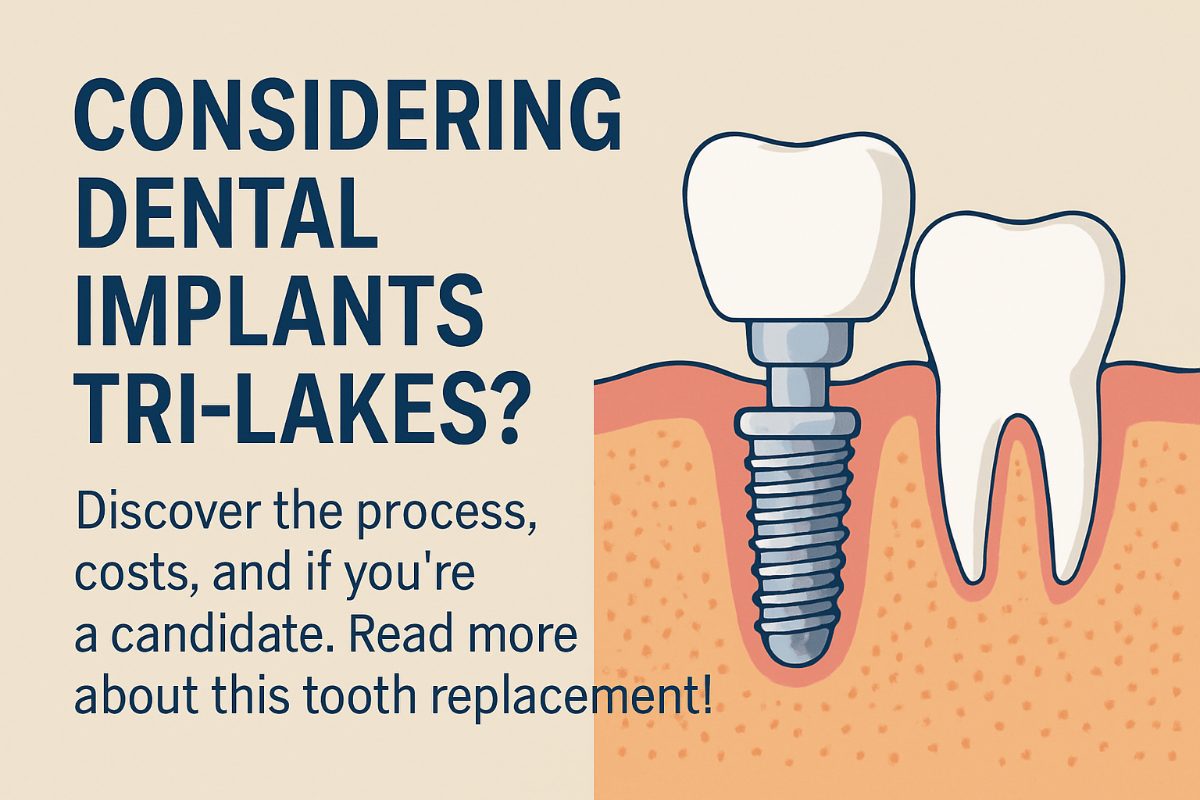Blog - Fort Wayne, IN
Tips, Facts, And The
Latest In Dentistry

When Is A Crown Needed Instead Of A Filling?

You use your teeth every day to accomplish some important actions. Without your teeth, you wouldn’t be able to speak or eat, which are probably two of your favorite activities. Your teeth are also what makes your smile uniquely yours. You owe a lot to your teeth, so it’s important to take care of them.
However, at some point during your lifetime, your teeth might become damaged. If a hard object comes in contact with your mouth and chips a tooth, that’s referred to as “trauma.” Another way that teeth can become damaged is from decay, if you don’t brush and floss well. Many people even damage their teeth without knowing it, by clenching their jaws or grinding their teeth, especially while they sleep.
Typically, a good dentist will try the least invasive repair options first. When damage to a tooth is minimal, a filling is typically enough to make the repair. A dentist will remove the excess decay and fill the tooth with porcelain or composite resin. However, some damage requires further action, such as a crown. Here’s what you need to know:
Filling or Crown?
So, when is a crown needed instead of a filling? When the damage is more extensive than a filling can repair, a dentist can use a custom-made crown to encapsulate the injured tooth. Examples of situations that require crowns include:
- A tooth that has sustained a chip, crack or other fracture
- A tooth that is severely discolored or misshapen, requiring a crown to restore the tooth’s natural appearance
- A root canal treatment, which is completed with the placement of a crown over the tooth to protect it and improve its appearance
- A tooth with extensive decay that requires more than a filling
- A dental bridge or implant procedure, which requires a crown to hold the bridge in place and cover the dental implant
To custom-make your crown, a dentist will first take an impression of your tooth using a dental plaster mixed in a mouth-size tray. That impression is used to make a cast of your tooth, which can then be used to form your crown. The crown will likely be made from ceramic, plastics or resin, and the fabrication process might take a week or two. Once the process is finished and your custom crown is ready, you can return to the dentist’s office and the dentist will place the crown securely over your damaged tooth and cement it in place.
Depending on the material used to create it, your crown can last up to 15 years. The best way to care for your crown and extend its life is with proper oral hygiene, including regular brushing and flossing.
We understand if you’re not a fan of visiting the dentist. That’s why the team at Sycamore Hills Dentistry works hard to make your visit as pain-free as possible. We even offer three types of sedation dentistry to help you during your procedure, including oral sedatives, intravenous sedation and nitrous oxide gas.
If you are experiencing pain or sensitivity when you bite or chew, don’t let that pain be the reason you stop enjoying life. Schedule an appointment with Sycamore Hills Dentistry today.



